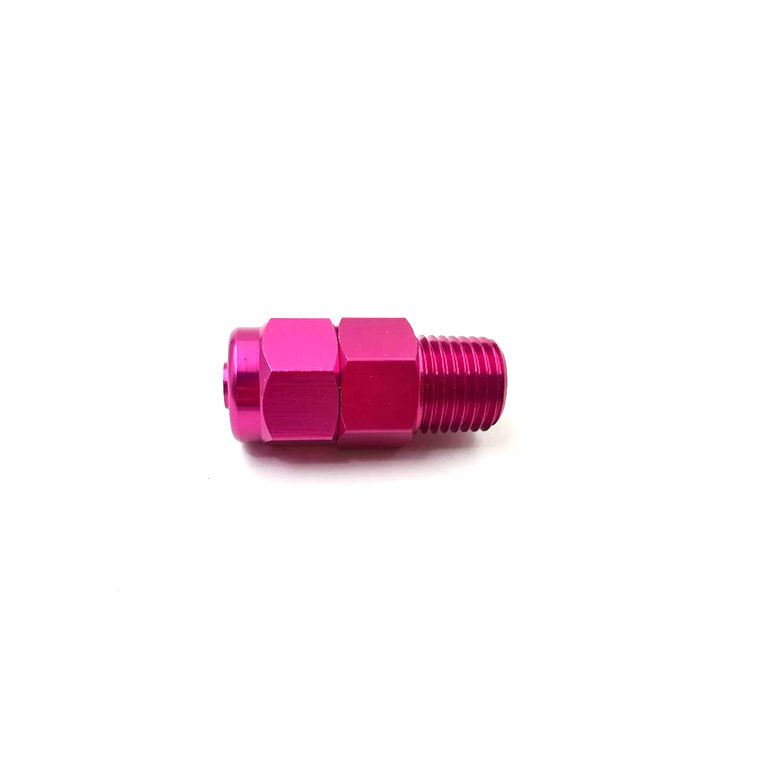
In the intricate realm of mechanical design, the terms chamfering and rounding emerge as critical techniques, each wielding distinct attributes and serving unique purposes. This article aims to delve into the disparities between chamfering and rounding, elucidating their individual utilities and shedding light on their profound significance in the field of mechanical design.
1. Distinctions between Chamfering and Rounding:
Chamfering: Chamfering involves the creation of a beveled or angled edge on a part, achieved by cutting away a right-angled corner. The result is a flat, non-curved transition between two surfaces. Chamfers serve various functions, ranging from easing assembly processes to enhancing safety and providing a visually appealing finish. Unlike rounding, chamfering introduces a straight-line bevel, adding a distinctive geometric character to the part.
Rounding: Conversely, rounding encompasses the creation of a curved transition or edge, forming a convex profile between two surfaces. This is achieved by removing material to produce a smooth, circular contour. The primary purposes of rounding include stress distribution, minimizing stress concentrations, and fortifying the overall strength of a component. Unlike chamfers, rounding introduces a gentle, curved profile, softening the edges of a part.
2. Applications of Chamfering and Rounding:
Applications of Chamfering:
. Facilitating Assembly: Chamfering plays a pivotal role in simplifying the assembly process by guiding components into place. The absence of sharp corners facilitates smoother alignment during assembly operations, reducing the risk of misalignment or damage.
. Safety Enhancement: Chamfers contribute significantly to safety considerations by eliminating sharp edges that could pose injury risks during handling or use. This is particularly critical in applications where human interaction is prevalent.
. Aesthetic Considerations: Beyond functional benefits, chamfering is employed for aesthetic purposes. It contributes to the visual appeal of a design, creating a clean, modern appearance that is often desirable in various industries, from consumer products to industrial machinery.
Applications of Rounding:
. Stress Distribution: Rounding proves instrumental in redistributing stress concentrations that tend to accumulate at sharp corners or intersections. The smooth, curved transition ensures a more uniform distribution of forces across the component, enhancing its structural integrity.
. Fatigue Resistance: Rounding contributes to the fatigue resistance of a part by minimizing the initiation and propagation of cracks. This is particularly crucial in components subjected to cyclic loading, where durability is paramount.
. Strength Enhancement: By dispersing stresses more evenly, rounding elevates the overall strength of a component. This is especially important in load-bearing applications where structural integrity is a critical factor.
3. Significance in Mechanical Design:
. Functional Optimization: Incorporating chamfering and rounding is pivotal for optimizing the functionality of mechanical components. Chamfers aid in assembly and safety, while rounding contributes to stress management and overall strength.
. Manufacturing Efficiency: The inclusion of chamfers and rounding not only improves the performance of a component but also streamlines manufacturing processes. These features contribute to smoother machining operations, reducing production time and costs.
. Compliance with Standards: Many engineering standards recommend the strategic use of chamfers and rounding in specific applications. Adhering to these recommendations is essential for ensuring designs meet industry standards and exhibit the desired reliability.
Conclusion:
In conclusion, the divergence between chamfering and rounding lies in their geometric attributes and the roles they play in stress distribution and part aesthetics. Chamfering introduces straight-line bevels, emphasizing practical applications such as assembly and safety, while rounding incorporates gentle curves, prioritizing stress management and strength enhancement. Both techniques are indispensable in achieving the functional integrity, safety, and efficiency of mechanical designs. Understanding their applications and incorporating them judiciously is pivotal for achieving optimal performance and aligning with industry standards in the intricate field of mechanical engineering.

Copyright © 2025 Dongguan Yifeng Metal Co., Ltd. | All Rights Reserved